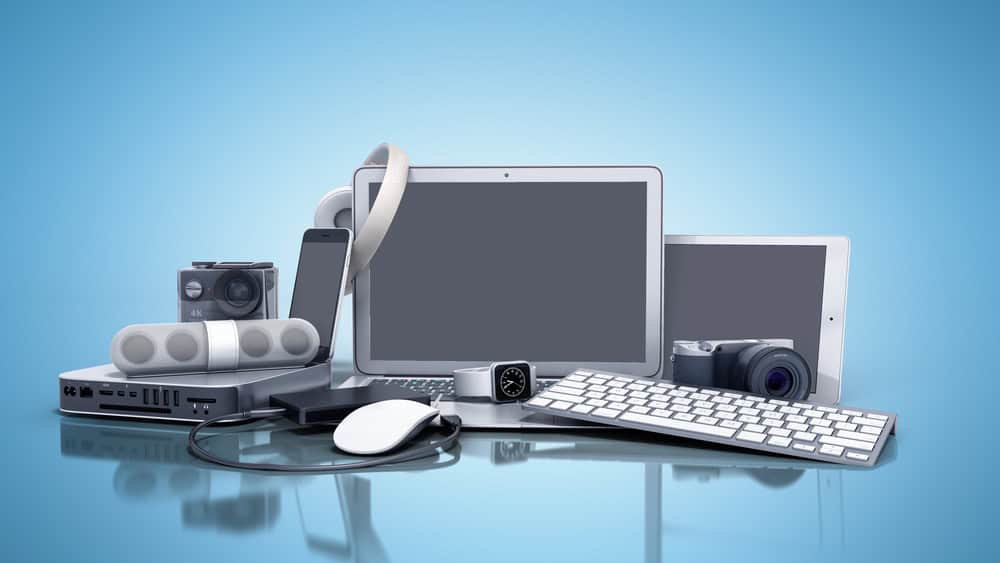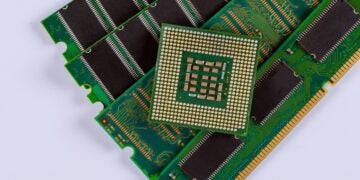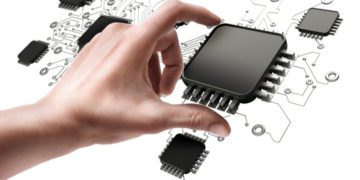
The consumer electronics that transform our lives are often driven by embedded systems
A variety of electronics products across many industries rely on embedded systems, which are primary drivers of digital transformation. The technology enables the development of intelligent, interconnected devices that dramatically improve our quality of life. The embedded software design process begins with defining system requirements and constraints, followed by developing a detailed architecture and design that includes hardware and software integration.
Next, developers implement the design using appropriate programming languages and tools and thoroughly test the software to ensure it meets specifications and functions correctly within the hardware environment. Finally, the process involves continuous iteration and refinement based on feedback and testing results to optimize performance and reliability.
Stages of the Embedded Software Design Process
Below is a table outlining the design flow for embedded software, including opportunities at each stage to ensure an efficient and effective design process.
|
THE EMBEDDED SOFTWARE DESIGN PROCESS |
||
|
Design Stage |
Description |
Recommendations for Improved Efficiency |
|
1) Requirements Analysis |
Define system requirements, functionality, performance, and constraints |
– Involve all stakeholders to ensure complete and accurate requirements |
|
2) Feasibility Study |
Evaluate technical feasibility, cost, and time estimates |
– Conduct thorough market and technical research |
|
3) System Architecture |
Develop the overall system architecture, defining hardware and software components and their interfaces |
– Use modeling tools to visualize architecture |
|
4) Detailed Design |
Define detailed software design, including algorithms, data structures, and module interfaces |
– Use design patterns and best practices |
|
5) Implementation |
Code the software modules as per the design specifications |
– Adopt coding standards and guidelines |
|
6) Testing and Debugging |
Test the software modules individually (unit testing) and as an integrated system (integration testing) |
– Develop comprehensive test cases |
|
7) System Integration |
Integrate software with hardware components and other system modules |
– Conduct integration testing in real hardware environments |
|
8) Verification and Validation |
Ensure the system meets all requirements and works as intended |
– Perform verification to check that software meets design specifications |
|
9) Deployment |
Prepare the software for release and deploy it to the target environment |
– Develop deployment scripts for automation |
|
10) Maintenance and Updates |
Provide ongoing support, bug fixes, and updates |
– Implement a robust issue-tracking system |
Benefits of Effective Design for Embedded System Software
Accelerating efficiency is a continual pursuit for board designers in order to compete in today’s competitive electronics product development industry. To achieve this goal, it is imperative to know and follow good embedded system design guidelines. By understanding and considering the embedded software design process, several benefits can be realized, as listed below.
✅ Accelerates the development cycle, allowing products to reach the market faster, which is crucial in competitive industries.
✅ Reduces development costs by optimizing resource utilization, minimizing waste, and decreasing the time spent on debugging and rework.
✅ Enhances product quality by facilitating thorough testing and validation processes, leading to more reliable and robust software.
✅ Fosters better collaboration and communication within development teams, resulting in more cohesive and innovative solutions.
✅ Provides greater flexibility and responsiveness to changes in project requirements or market conditions.
These benefits result in competitive advantages, as products can be delivered to market more quickly and at a lower cost while maintaining high quality and functionality standards.
If you’re looking for CAD models for common components or ways to improve the embedded software design process, Ultra Librarian helps by compiling all your sourcing and CAD information in one place.
Working with Ultra Librarian sets up your team for success to ensure streamlined and error-free design, production, and sourcing. Register today for free.








